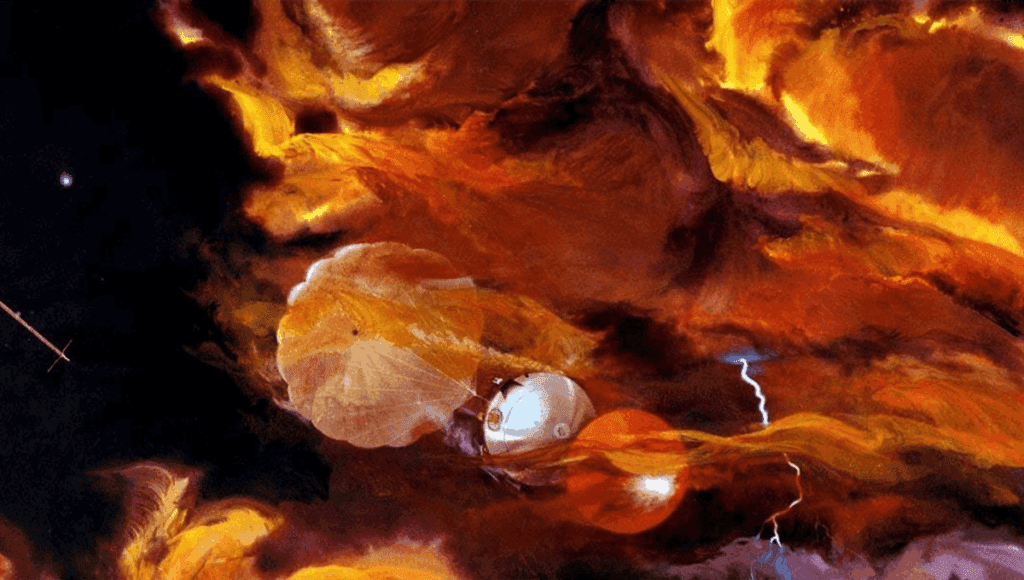In the last century, advancements in telescopes provided glimpses of Jupiter, but nothing compared to close encounters with spacecraft. From 1979 to 1981, missions like Pioneer 10, Pioneer 11, Voyager 1, and Voyager 2 offered initial views of the Gas Giant. In 1989, NASA launched the Galileo Probe, dedicated to studying Jupiter.
The Galileo Probe utilized a gravity assist from Venus, returning striking images of its clouds. Upon reaching Jupiter in 1995, it became the first spacecraft to orbit the planet, completing a detailed mission that included an 11-month orbital tour and numerous encounters with Jupiter’s moons. It provided groundbreaking images and data, revealing intense volcanic activity on Io, potential liquid oceans beneath Europa, and magnetic fields around Ganymede.
A key highlight was the descent probe, released in July 1995, which transmitted data about Jupiter’s atmosphere just before being destroyed by extreme conditions. Although it operated for only a short while, it provided valuable insights on atmospheric composition and Jupiter’s chemical makeup.
In a final act to protect Europa, NASA intentionally guided Galileo into Jupiter on September 21, 2003. The dramatic plunge occurred just south of the equator, showcasing the immense speeds involved as the spacecraft made its exit from humanity’s exploration of the planet.
Source link


